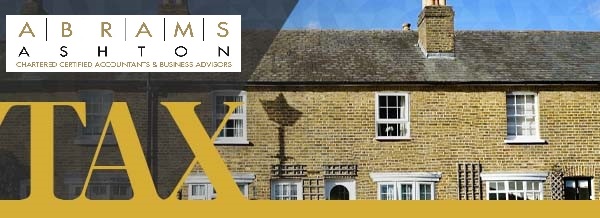
The brothers are connected persons for CGT purposes (s.286 TCGA 1992) and any transactions between the two is deemed to take place at market value (s.18 TCGA 1992). Any gains on residential dwellings will have to be reported and paid within 60 days for disposals after 27 October 2021 of the completion at 18% and/or 28% if they are higher rate taxpayers (s.1H-s.1I TCGA 1992).
As we are not dealing with a trade, the general roll-over relief under s.152 TCGA 1992 is not available. However, a special form of roll-over relief is available where there is an exchange of land between multiple owners. The provisions for the relief can be found at s.248A-s.248E TCGA 1992 and HMRC’s guidance can be found at CG73000. As with any tax reliefs, you need to make sure that the conditions (outlined below) are met.
For this roll-over relief to be the following conditions must be met:
- a person (termed the ‘landowner’) and one or more other persons (the ‘co-owners’) jointly own a holding of land or two or more separate holdings either as joint tenants or tenants in common (England and Wales) as joint owners or owners in common (Scotland) or as joint tenants, tenants in common or co-parceners (Northern Ireland);
- the landowner disposes of an interest (the ‘relinquished interest’) in one of those holdings to one of more of the co-owners;
- the consideration given by the co-owner(s) for that interest comprises or includes an interest in one of the jointly-owned holdings (the ‘acquired interest’);
- as a consequence of that disposal (and any ‘related disposals’;) the landowner and each of the co-owners become the sole holders of part of the holding, or, where there are two or more jointly-held holdings, each becomes the sole owner of one or more of the holdings;
- the acquired interest is not an interest in ‘excluded land’ (defined in s.248E TCGA 92).
Excluded land is a dwelling-house or part of a dwelling-house and the principal private residence exemption would apply to any part of a gain arising on its subsequent disposal within six years of its acquisition. Relief can be withdrawn if land which was not “excluded land” at the time of its acquisition, becomes excluded within six years (s. 248C TCGA 1992).
Where the conditions above are met, the relief can be claimed within four years from the end of the year of assessment to which the claim relates (s.43 TMA 1970).
On the basis that the conditions above are met, Peter and Fred decide to make a claim, the impact of the relief is discussed below taking each taxpayer in turn.
As mentioned above, as Peter and Fred are connected persons, the disposal consideration is deemed to be the open market value of the asset being disposed of, not the value of the asset and any cash consideration being received. The value of a part share in property is normally discounted under valuation law – a discount of 10% for a half-share being usual. However, for the purposes of illustrating the relief available, no discounts have been applied below.
Peter
Peter’s disposal of half his share in Property B creates a gain of £95,000 (£115,000 less £20,000 being half the base cost of Property B). As the value of his disposal (his relinquished interest) (£115,000) is less than the value of what he is receiving (his acquired interest) (£125,000 being ½ market value of Property A) the roll-over relief is available in full.
Peter’s base cost of Property A will be £75,000. This is made up of half of his original base cost, £45,000 and the new base cost of £30,000 (being £125,000 less rolled over gain of £95,000).
(s.248B (1) TCGA 1992)
Fred
Fred’s disposal of half his share in Property A creates a gain of £80,000 (£125,000 less £45,000 being half the base cost of Property A). As the value of his disposal (£125,000) exceeds the value of what he is receiving (£115,000 being ½ market value of Property B) the relief is restricted by the amount of the excess proceeds (see below) which is immediately chargeable. The roll-over relief is restricted to £70,000 (s.248B (2) TCGA 1992).
The excess proceeds of (£125,000- £115,000) £10,000 in this case is below the annual exemption and therefore, there are no reporting within 30 days (or 60 days after 27th October 2021) requirements under Sch. 2 FA 2019.
Fred’s base cost of Property B will be £65,000. This is made up of half of his original base cost, £20,000 and the new base cost of £45,000 (being £115,000 less rolled over gain of £70,000).
Other issues
The exchange should not trigger an SDLT charge by virtue of paragraph 6 Sch. 4 FA 2003 providing no other consideration is involved – the CGT market value rule does not apply for SDLT purposes.
